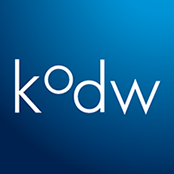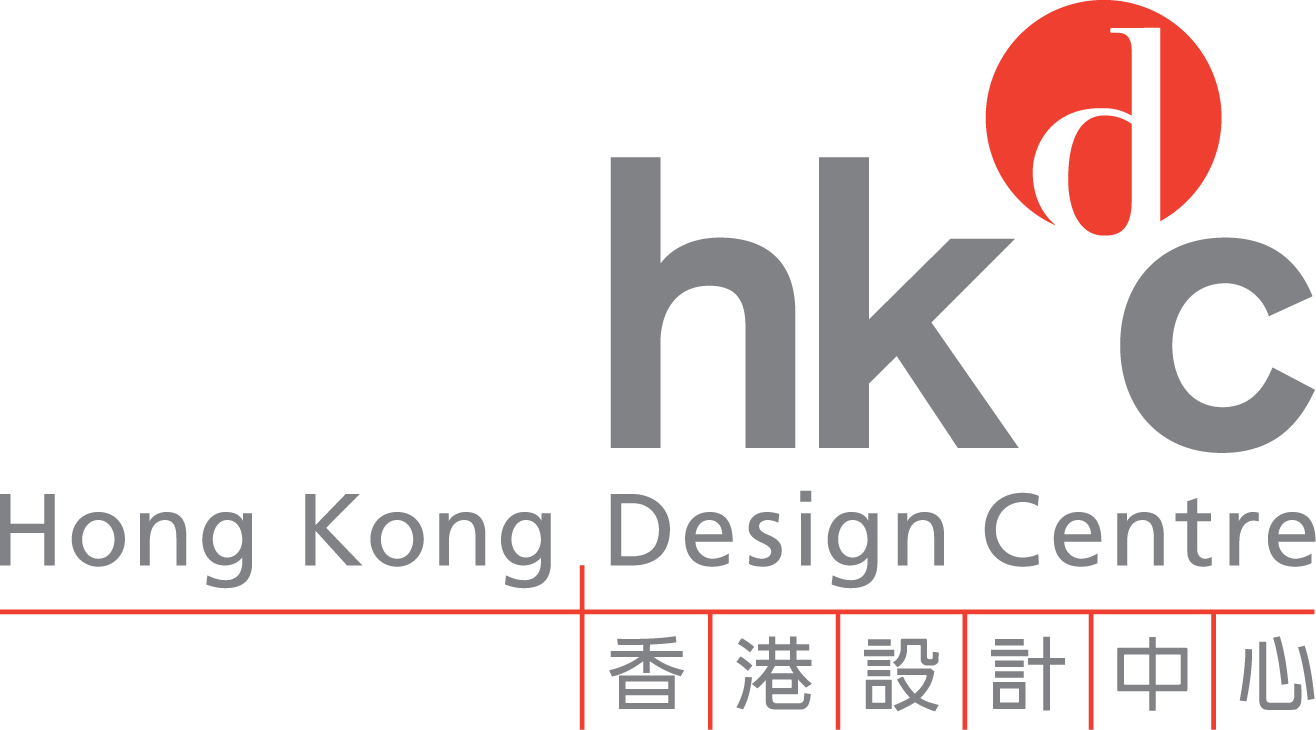-
13 JunDay 1
-
14 JunDay 2
-
15 JunDay 3
-
16 JunDay 4
-
17 JunDay 5
- Workshop 1

Comprising a mixture of both lectures and interactive exercises with various colour projects, this workshop enhances your understanding of the importance of colour as a tool, and develop your capability in seeing colour. Participants will also gain a deeper understanding of how colour perception works, and how it is applied most effectively in decision-making.
About Berit Bergström- Workshop 2
- Workshop 3

Designed to enhance innovation and business performance, the LEGO® SERIOUS PLAY® methodology aims to foster creative thinking through play. Participants work through imaginary scenarios, using three-dimensional constructions to collectively develop innovative strategies to solve the problem at hand, spread brand culture and visualise customer services.
About Per Kristiansen
Great design often begins with asking the right questions. How to think like a designer, translating ideas into solutions? In this workshop, the creative duo from Stockholm will take the participants onto a journey from inspiration, ideation to realisation. Through brainstorming ideas for a new app, participants will learn the secrets of the subtle sensitivity of the Scandinavian design towards environment and life.
About Thomas Bernstrand- Forum 1 – Shaping Healthy Cities
- Forum 2 – Designing Future Care

From lifestyle to hospitals, health tech innovation & city planning, health matters to everyone, every city. Healthcare is an integral system that permeates our societies. How can we transform the existing healthcare system in response to finite resources & rising expectations? Cities are responsible for reshaping urban health through healthcare leadership, better design, education, policies & communications.
Moderator: Stacey Chang, Design Institute for Health, University of Texas at Austin, US
Historically, public health adopts the evidence-based, Best Practice approach of medicine—there is always a ‘gold standard’. While this expert-led approach ranks high in reliability, it falls short in the real world when standard protocols are applied in settings with limited resources and control. Contemporary practitioners in both health care and public health increasingly recognise the benefits of being more responsive to the needs of citizens, and the incorporation of a human centered design approach has tremendous potential in improving people’s health and healthcare experiences.
About Prof. Yeoh Eng Kiong
21st century healthcare demands innovations from many fields: life sciences, healthcare delivery, food systems, behavioral health, big data, and community health. Deep specialists drive new advances, now we need to think like a designer to make elegant and integrated new health solutions. Larry Keeley has personally helped to shape the innovation strategies as some of the most respected healthcare systems in the world, like Mayo Clinic and Kaiser Permanente. He has worked with seven of the largest pharmaceutical firms and, scores of innovative start ups. With graduate design students, he has helped to build deep systems that fight complex conditions like diabetes and coronary disease. And he has helped several medical schools imagine how the teach our next generation of industry practicioners. For KODW, Keeley will help imagine the frontiers of healthcare for Hong Kong and China.
About Larry Keeley
In the face of finite resources, and an aging population, we need to take a more holistic approach to urban health. New businesses and social opportunities will only arise, as Jeremy Myerson notes, when policymakers and planners start taking a boarder approach to campaigning for health in cities, rather than just healthcare.
About Prof. Jeremy Myerson
In spite of massive gains in science and technology, healthcare systems are still plagued with inefficiency and ineffectiveness. Stacey Chang argues that it is only through human-centric design thinking that we would be able to remake the systems that deliver healthcare.
About Stacey Chang
Healthcare practices are evolving with architectural principles, spatial design and experiential stakeholder engagement strategies. Hospitals and healthcare facilities are no longer mere destinations for medical care, but also platforms delivering holistic care, user experience, operational efficiency and community engagement. How can we better design spaces to foster health, stimulate empathy, accord dignity and achieve effective communication among patients, medical service professionals, care workers, families and other users?
Moderator: John McGuire, Chief Innovation Officer, Aurecon
Completed in 2010, St. Olavs Hospital in Trondheim has received international acclaim for its people-centred architecture, which brings nature, the city, employees and patients together in unexpected ways. The hospital won the Innovation Award for Universal Design, presented by The Norwegian Centre for Design and Architecture, in 2014.
About Onny Eikhaug
By enlisting some of the world’s top architects, including Rem Koolhaas and Richard Rogers to design their centres, Maggie’s has a simple goal: to provide personalized care for their patients through first-rate architecture.
About Andrew Anderson
The Social Security Organisation Malaysia (SOCSO) Rehabilitation Centre is the first rehab centre that combines medical and vocational rehabilitation with an allied health institute in the region. Designed for its ‘Return to Work’ programme, the centre combines an out-of-the-box design thinking with an understanding of the complexities involved in both physical and psychological healing.
About Datuk Saiful Anuar Abdul Aziz
Networking and teamwork are crucial to innovation in the healthcare business. Siegi Schmidmaier argues that it is only through bringing together the many niche areas of expertise in the healthcare business, and combining basic science with patient care, will the industry be allowed to grow, flourish and reach new markets.
About Siegi Schmidmaier
Once the heart of Hong Kong’s manufacturing and aviation industries, Kai Tak has become somewhat vacant with the relocation of the airport to Chek Lap Kok in 2003. Now the area, formally known as Kowloon East, is poised to get its second lease of life. Aside from the impending Kai Tak Hospital, the government also promises plenty of green and waterfront spaces. LI Kiu-yin, Michael and Dr. Simon Kwan tell us more.
About LI Kiu-yin, Michael- Forum 3 – Innovating Health Experience
- Design. Cities. Health Ecosystem Roundtable
- InnoDesign Leadership CEO Forum

Technologies are reshaping healthcare, opening up possibilities beyond physical space and making it more accessible and personalised. From Big Data to health tech, there emerge new business models in the new connected economy. How does policy makers, the healthcare industry and urban health infrastructure respond to technological disruption, shifting lifestyle and evolving demographics?
Moderator: Rama Gheerawo, Director, Helen Hamlyn Centre for Design, Royal College of Art, UK
As consumers develop more sophisticated tastes, they also expect the same of their healthcare environment – personalized and relevant. According to a study by Prophet, the gap between what healthcare systems believe they are delivering and what patients are actually experiencing has never been wider. Why is there such a great divide, and what can be done to bridge it? Scott Davis gives his two cents.
About Scott Davis
As the inventor of many consumer product staples over the past 125 years, Philips has an incredible design heritage. Today, they are taking that design and innovation power and applying it at the intersection of health and technology. Dubbed HealthTech, the holistic approach involve healthcare professionals – nurses, doctors, technicians, administrators – alongside a range of experts to cater to the full range of consumer and patient needs.
About Sean Carney
Few decisions are made about urban development without referencing data. Yet, it is common for different agencies to find that they are using different or contradictory data sets for the same urban location. Professor Kvan will share insights on the implementation of the Australian urban research infrastructure network (AURIN), a national portal which aligns over 2,000 data sets on various dimensions of urban information, including transportation and education, and is accessible by researchers and policy makers.
About Prof. Tom Kvan
With the rise of the ‘quantified self’, or lifelogging, what you wear on your wrist has long gone beyond being a mere watch or jewellery piece to become sophisticated tracking and monitoring systems. How should the healthcare industry and conscious consumer benefit from these shifts? Diarmuid Bland investigates.
About Diarmuid Bland
Think technology and healthcare are unrelated? In comes precision medicine, an emerging approach for disease treatment and prevention that takes into account individual variability in genes, environment, and lifestyle. Danny Yeung gives us the low-down on the methodology.
About Danny Yeung
Moderator: Guy Parsonage, Partner, Experience Centre, PwC Hong Kong


At the CEO Forum, Jeremy Myerson, Helen Hamlyn Professor of Design at the Royal College of Art (RCA) and Director of the WORKTECH Academy, will examine the key design elements to create a healthier city. He will argue that new business and social opportunities arise when planners and policymakers take a broader approach to supporting health in cities, rather than just healthcare. As our population ages, taking a more holistic approach to urban health will bring commercial and cultural benefits to those cities bold enough to face the challenge.
About Prof. Jeremy Myerson
Most people are not comfortable with extremely fast rates of change. Yet that is precisely what is now normal with innovation. Larry Keeley will share insights about how CEOs can help their firms innovate boldly enough and swiftly enough to change entire markets. At the CEO Forum, Keeley will help show how leading firms, like Alibaba, innovate faster than ever now—and what you need to do to be more like them.
About Larry Keeley- Workshop 4
- Workshop 5
- Workshop 6

As one of the world’s leading industrial designers, Paul Priestman is a leading expert on integrated, sustainable mobility solutions that improve passengers’ experience. A long-time vocal champion of public transport, he will focus on the ways by which design thinking can improve mobility in urban areas and help us reclaim our cities for people in a bid to improve quality of life.
About Paul Priestman
Creativity and leadership go hand in hand in today’s business world. What does it mean to be socially responsible and effective in business? How are we to convince clients of the value of design? This workshop answers that and more.
About Rama Gheerawo About Onny Eikhaug
This workshop centres on the imagination, which has long been regarded as the number one tool for innovation and creativity. After all, one can’t begin to question redundant practices and behavior without imagination, nor will we learn to expect the unexpected.
About Ali Ganjavian*Lunch will not be provided for all forums and workshops.


